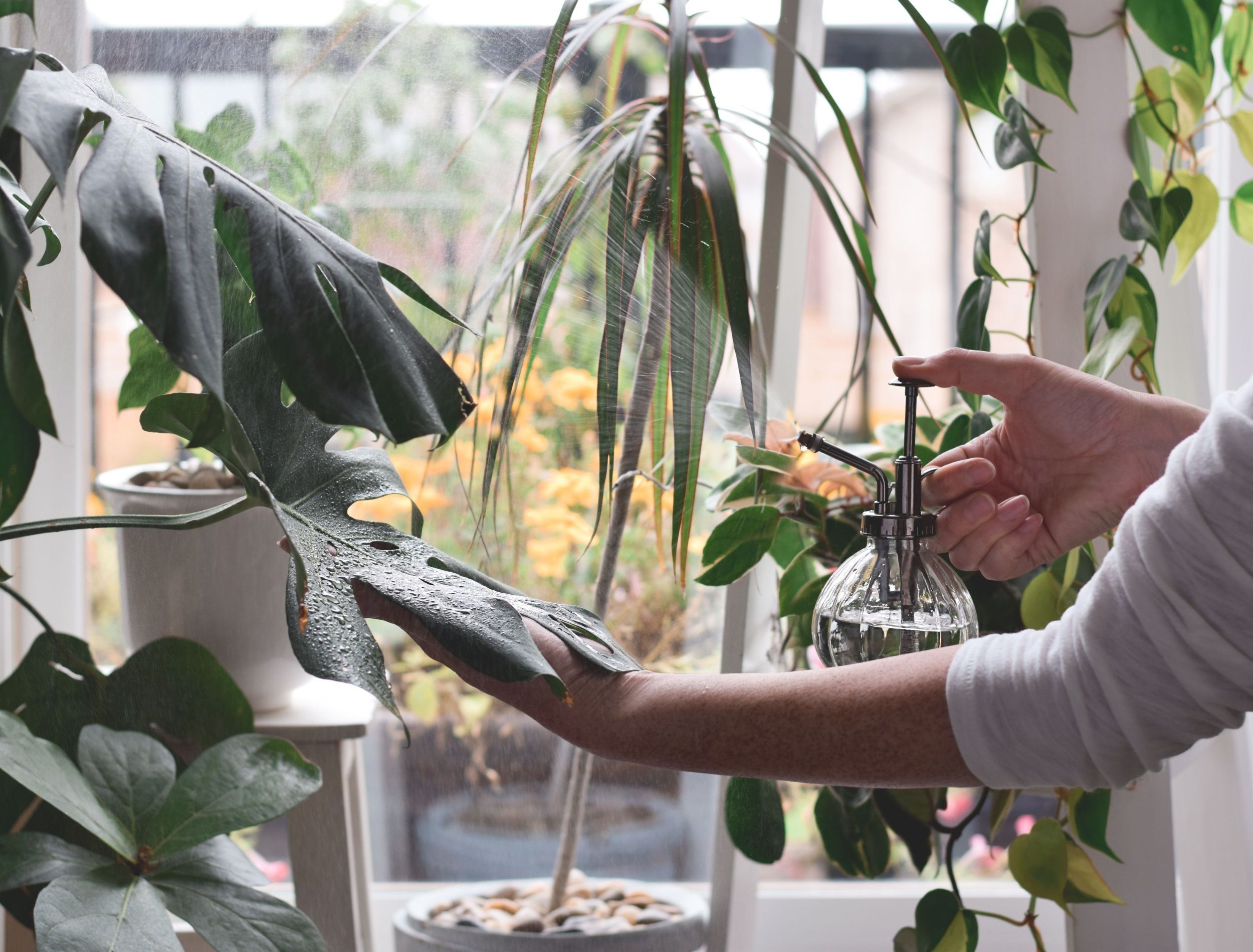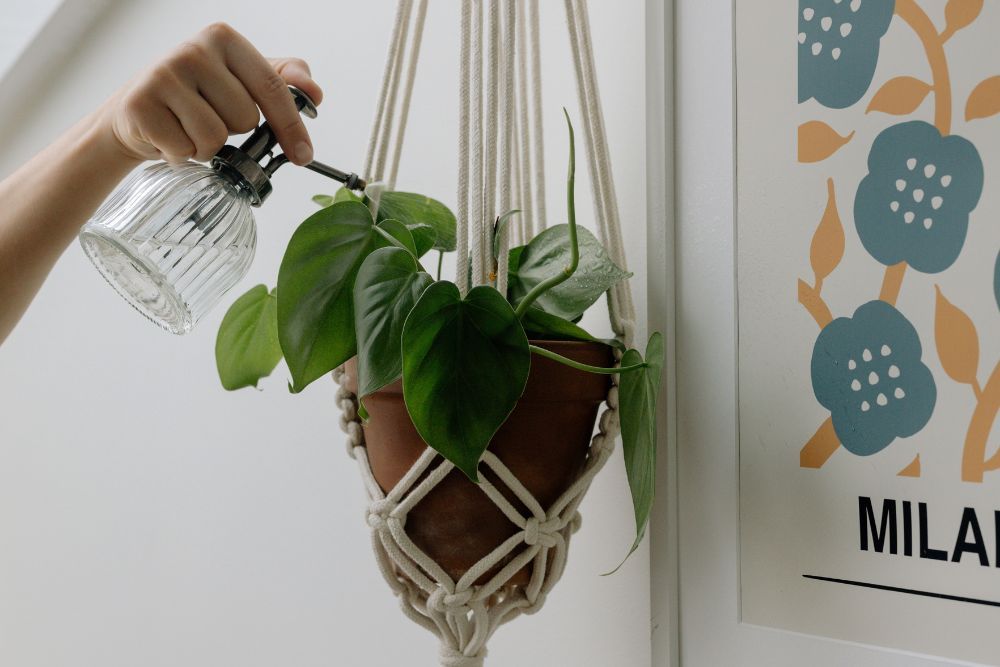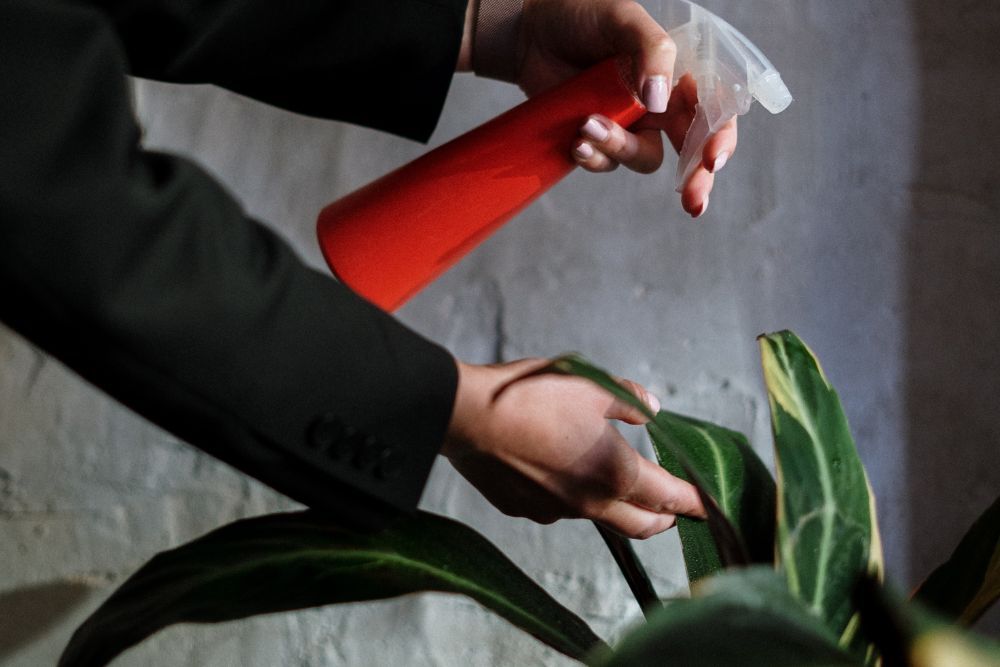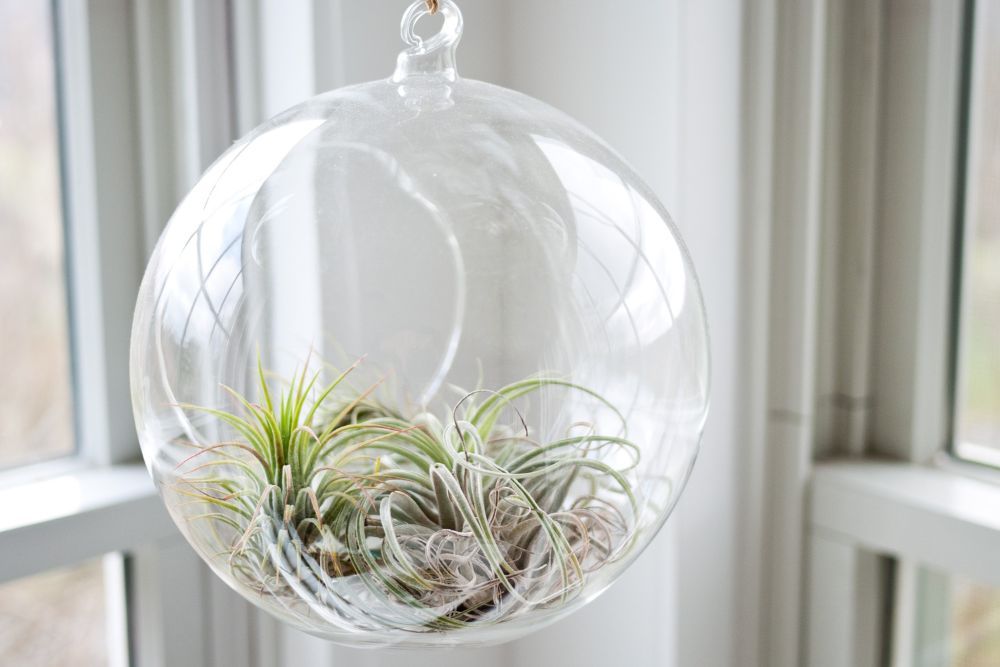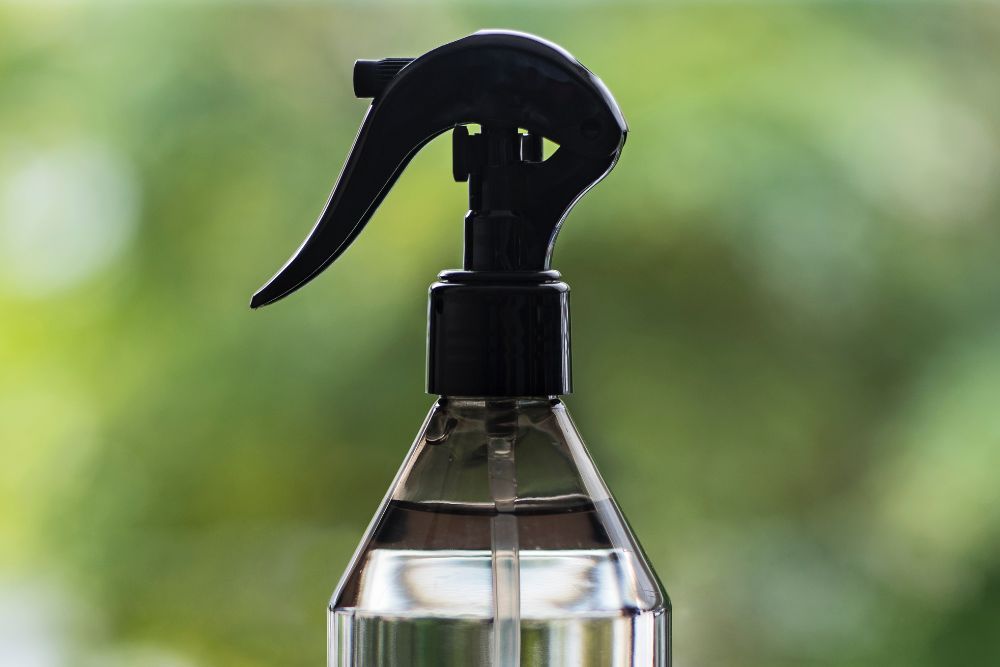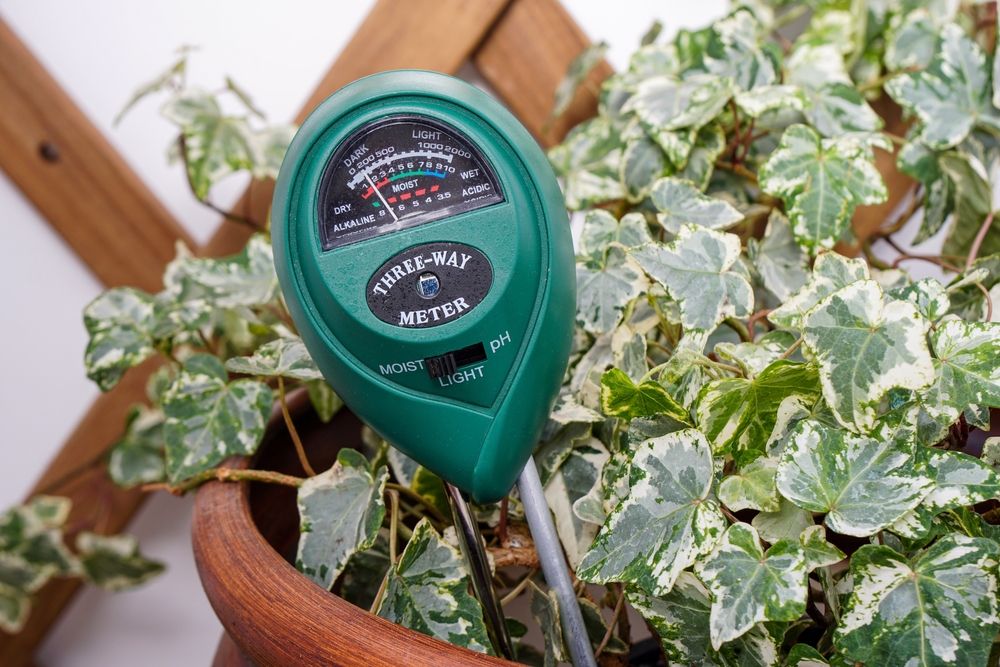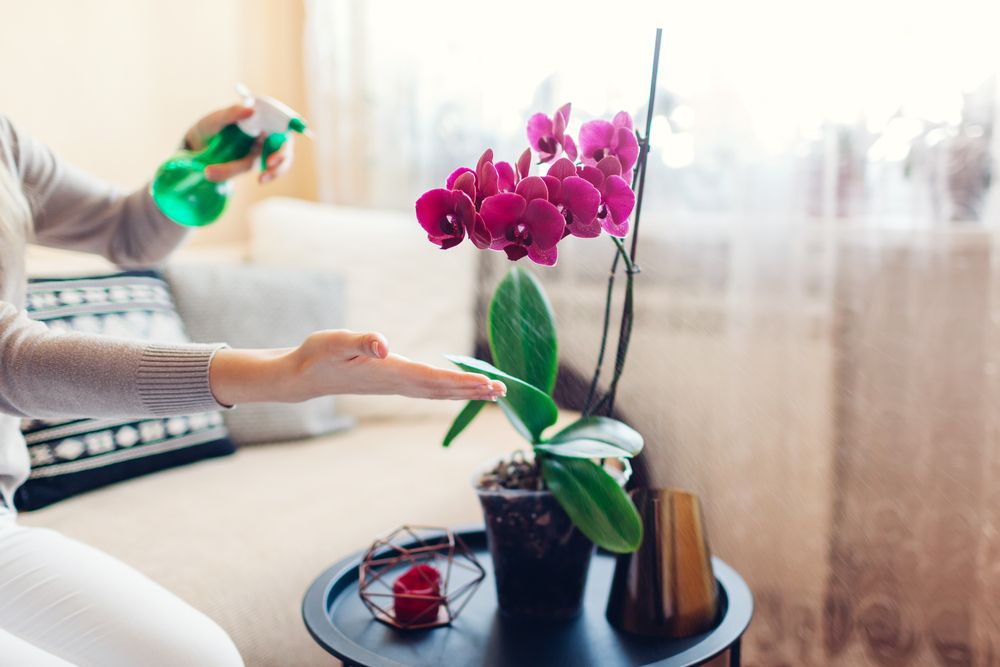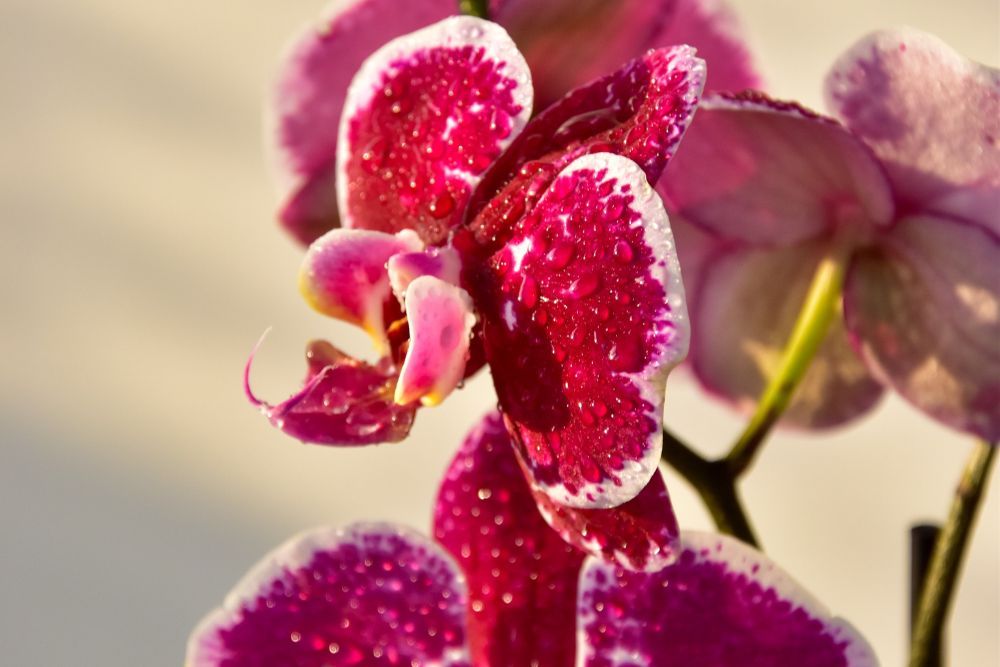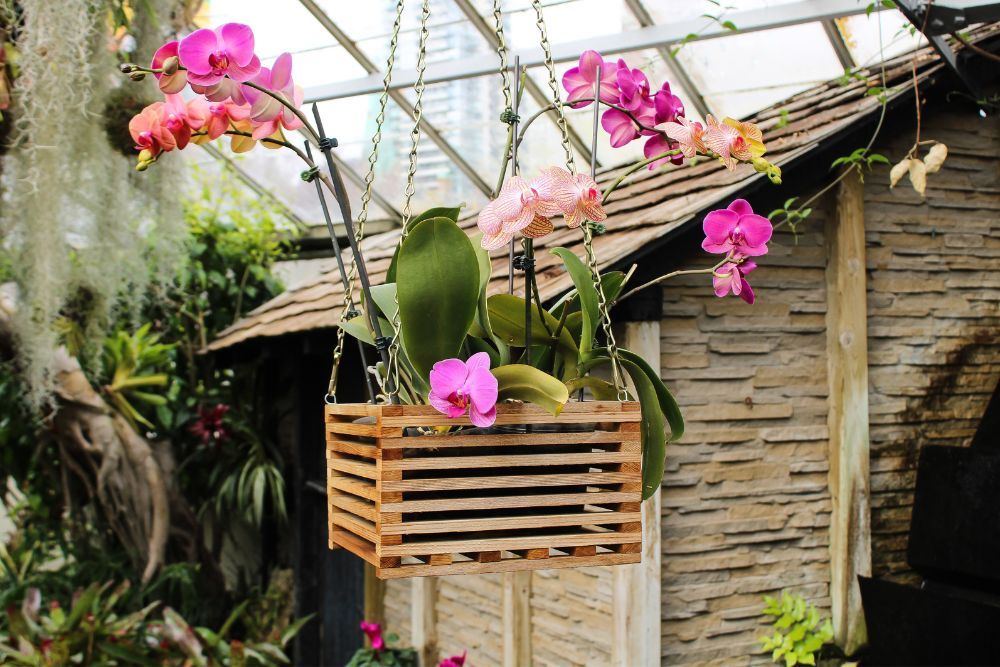Misting is a popular method of houseplant care. However, misting is not always the best way to look after your indoor plants. In fact, these small bursts of water can actually be harmful to many types of plants.
Unfortunately, misting has become so popular that many gardeners don't know they are harming their plants. Avoid this common mistakes and learn how to properly mist your houseplants!
True Or False: Should You Mist Indoor Plants?
To find out if you should mist your indoor plants keep on for tips and tricks. But first, it's important to look at a few common misconceptions there are about misting your green friends!
Does Misting Adequately Water Plants?
Image credits: Cottonbro studio via Pexels
One common mistake is assuming that misting foliage waters the plant. The truth is that plants primarily absorb water through their roots. From the roots, the plant distributes water to its stem, leaves, and flowers helping it thrive. Plants are up to 95 percent water so a light misting just won't do the job; This small amount of water isn't going to give plants enough to grow.
Not to mention the water that gathers on the leaves from mist droplets are an issue within itself, actually harming many houseplants. These tiny pools of water can cause rot, mold, or disease.
Will Misting Increase Humidity?
Image credits: Cottonbro studio via Pexels
Misting your plants will indeed not raise the overall relative humidity for your houseplants. But, there are some things you can do in place of misting that will actually make a difference.
In winter, houses can get very dry. In general houseplants like indoor humidity levels to be about 40 to 50 percent. Due to heating, winter can be much drier with humidity levels dropping to 10 or 20 percent in the home! This is much too dry for indoor plants.
To maintain healthy humidity levels you need something constant. A humidifier is a much better option.
Another alternative is to place dishes of water with garden pebbles next to or beneath your houseplants. As the water evaporates, it will increase the humidity near your plants. Be careful not to place your indoor plants directly in the water trays though! Their roots could absorb too much water, overwatering your plants.
Grouping houseplants together is an additional solution. As the plants naturally transpire and release water through their leaves, they will raise humidity levels, creating a microclimate. This boosts humidity for the other houseplants you place close to them. It's like they're helping each other out!
Does Misting Work For Some Plants?
Image credits: Jeff Sheldon via Unsplash
If misting isn't the solution to watering your plants or creating humidity, when should you mist your plants? In most cases, you shouldn't! However, if you have a specialized plant like an orchid or air plant, misting is beneficial!
Orchids and air plants are unique. They have very thin hairs on their leaves, called trichomes, which can absorb water. This adaptation helps them to soak up water from the air in a way that most plants can't do as efficiently.
If you have orchids or air plants, mist away! Not all plants are created equal, so make sure to do your research on your specific plant varieties.
How to Properly Mist Your Indoor Plants
Now that you know when it is beneficial to mist your plants, here's how to properly mist carry out the process!
List of Materials
Image credits: Lucas van Oort via Unsplash
Before you start, it's essential to gather the supplies you need. Having these on hand will make misting an easy part of routine plant care.
- Spray Bottle
- Water
- Moisture Meter
Step One: Check Moisture Levels
Image credits: Cristina Nakamura via Shutterstock
Before misting, check if the plants need water with a moisture meter. These are easy-to-use measurement tools that look like thermometers. This works best for orchids potted in soil. Stick one part in the soil while the other gives a reading on how moist the plant is. If the moisture meter is reading dry then you can safely mist your orchid without the worry of overwatering.
For air plants, it's better to stick to a routine. You don't plant them in the soil so you can't use a moisture meter. On average, air plants benefit from a weekly mist.
Remember that misting will not replace your watering routine for orchids or air plants. You will still need to water the soil of your orchids and immerse air plants in water.
Step Two: Prepare Water
Image credits: Mariia Boiko via Shutterstock
When you mist your plants it is also important to use the right type of water. Water in urban areas can have fluorine and chlorine in it. This can damage and even create 'burns' or dry patches along the edges of some plants. Before misting your plant, let the water sit for a few days. This will give the fluorine and chlorine time to evaporate first.
Step Three: Mist Your Indoor Plants
Image credits: Didsvia Pexels
Now you can mist your plant! This part is simple. Fill up your spray bottle with the water that has been sitting for a few days then thoroughly mist your plants. If you are misting an air plant, turn it upside down afterward to allow extra water to drip off. This gives the plant time to dry so that the leaves don't become soggy and rot.
For orchids, test the soil before you mist it again. If the soil is sufficiently moist, misting will overwater the plant.
Step Four: Track Moisture Levels
Image credits: Chantal DeGaust via Unsplash
To find out when you should mist your air plants or orchids again, keep an eye on moisture levels in the soil. This will give you an idea of how long it takes your plant to dry out before you can mist it again.
It's important to note that this will change with the seasons. When winter arrives, plants can dry out faster. So make sure to note moisture levels during different times of the year.
Then, for air plants, if the leaves are curling it is too dry. Give them a good misting will help it regain moisture again.
To Mist or Not to Mist?
Misting can be a great way to water plants like orchids and air plants. To keep these plants happy always monitor moisture levels. Don't mist if your orchid has moist soil or if you just immersed your air plant in water. It's best to wait until they are dry again to avoid overwatering.
If you have other types of indoor plants, skip misting. Instead, water your plant's soil on a regular schedule. Alternatively, if your home is dry, increase humidity by placing houseplants close together, using dishes filled with water and pebbles, or purchasing a humidifier.
Do you mist your plants? Share your indoor gardening experiences in the comments below!

